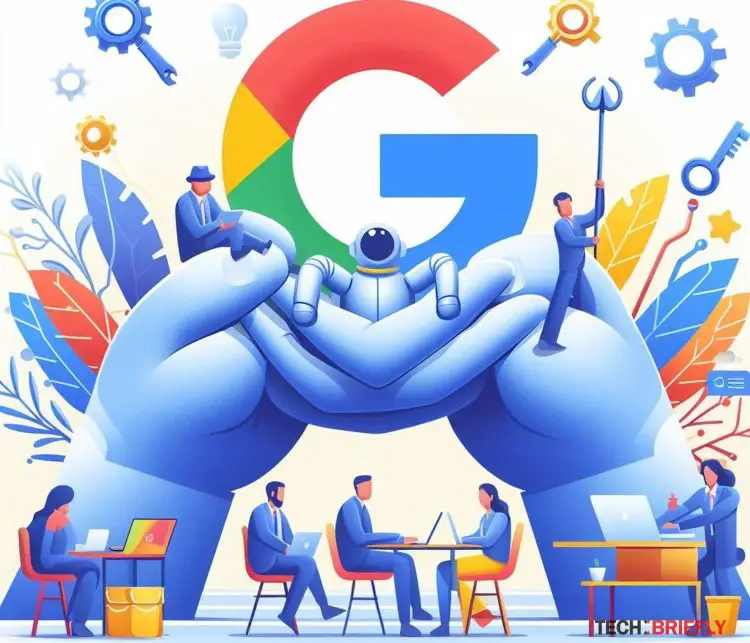Giant tech companies like Google hold incredible technological power.
It’s great to see some of that power and investment channeled into initiatives that help non-profit organizations do the essential work they do across the globe.
Google is now doing just that with its ‘AI for good’ campaign, where they dedicate over $20 million in funding for non-profits to harness the power of artificial intelligence.
What is artificial intelligence (AI)?
Maybe you’re not familiar with artificial intelligence.
Simply put, AI allows computers or machines to perform tasks that would normally need human intelligence. These might be things like understanding language, recognizing objects, or planning actions. Think about a machine learning how to play chess or translate between different languages – those are examples of AI at work.
How can AI improve nonprofits?
Non-profits usually aim to tackle huge problems, often with limited funding and resources. AI could change the way they work.
Here are a couple of examples of how it could help:
- Speeding things up: AI can handle repetitive or time-consuming tasks faster than a human. This can free up a non-profit’s staff to focus on the things only a person can do.
- Better decision-making: With AI’s ability to analyze huge amounts of data, non-profits could make smarter, more informed decisions, ultimately helping their cause.
The world bank: Google’s case study
One of the major non-profits set to benefit from Google’s funding is the World Bank. This organization works all over the planet to reduce poverty.
They’re looking to develop AI tools that can help policymakers make faster, better-informed decisions.
This would have a big impact by making the most of the resources they have available.

Generative AI: The force multiplier for non-profits
Google is especially interested in a kind of AI called ‘generative AI’, which can create text, images, or code. Here are a few ways it could help non-profits:
- Fundraising and communication: Imagine using generative AI to write social media posts and newsletters or create eye-catching visuals for their campaigns.
- Simplifying complex information: Generative AI can be used to translate technical data into easy-to-understand reports or summaries, making it more accessible. This helps both within the organization and when explaining their work to the public.
- Helping people tell their stories: Sharing human stories is a powerful way to connect people to a cause. AI could help individuals impacted by a non-profit’s work share their experiences in different formats or languages.
The road ahead
It’s important to be realistic – AI isn’t magic! It takes resources and training for non-profits to use it well. Fortunately, Google’s initiative isn’t just about money; they’re also providing non-profits with training and technical support. This includes a six-month accelerator program designed to help them build and implement AI projects.
Google’s ‘AI for Good’ is a welcome initiative, offering resources and knowledge to help mission-driven organizations tackle problems in new ways. It’s still early, but there’s hope that the combination of AI and non-profit passion could improve countless lives across the world.
Featured image credit: Emre Çıtak/Bing Image Creator





